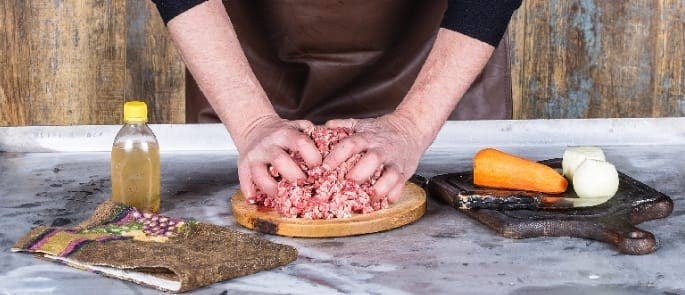
Children can learn more about where food comes from.įoody excursion destinations could include a farm, food market, supermarket, bakery, butcher, food factory, food rescue or food relief organisation. Increase children's knowledge and understanding of different parts of the food system and supply chain. Once the poster is completed, they can be laminated to use as placemats at mealtimes, or displays in the classroom. They can use their creativity to draw their favourites, create a rainbow of different coloured fruits and vegetables or draw a story about fruits and vegetables. This activity encourages children to explore different fruits and vegetables through art and promotes their creativity.Ī3 paper, coloured pencils, crayons, cut outs of pictures of fruits and vegetables, glue and a laminator.Įach child gets their own piece of A3 paper to either draw or use cut outs of fruits and vegetables to create their own poster or placemat. Allow children to choose which fruits and/or vegetables they would like to use and allow them to use their creativity to create a person or face.Ĭreate a fruit and veggie poster or placemat (VegKIT)
Healthy eating quiz for kids how to#
Demonstrate how to use a toothpick to stick pieces together (if creating a 3D person). You can also use toothpicks to piece real fruits or veggies together to make a standing, three-dimensional figurine, or children can create the picture flat on a plate or piece of paper.Ĭhop fruits and/or vegetables into pieces or shapes that can be used as facial or body parts. You can use real fruits or vegetables or pictures. Children can be encouraged to eat their vegetable person for morning or afternoon tea if they wish. Expose children to new fruits and vegetables in a fun and playful way, with no pressure to eat. This activity allows children to learn about different fruits and vegetables, what they look like, what they feel like etc. Ask the children to identify the odd one out and explain why it does not belong with the rest of the group. For example celery, capsicum, carrot, yoghurt. For the more challenging version, choose three foods of the same food group and one that is the odd one out. Ask the children to identify the odd word. For examples, carrot, potato, cat, onion.
Healthy eating quiz for kids series#
Say or write a series of four words including three fruits or vegetables and one odd word. whiteboard, paper to draw or write on, or you can discuss as a class.You can also make the game more challenging for older children and teach them about different food groups. Children can learn to identify the food compared to non-food items. This activity can help children increase their problem-solving skills and food literacy. Example: M is for… mushroom, mango, milk, meat. Focus the activity on foods from the 5 food groups (vegetables, fruits, grains, dairy, meats & alternatives). Discuss with the children all the foods they can think of that start with that letter, you can discuss, draw or write a list. A poster, whiteboard, pinboard, or somewhere to write or add pictures to.Increase children's knowledge of different foods, increase their vocabulary and literacy skills. This activity provides an opportunity for children to learn about different foods and letters. You can also blindfold children and place a vegetable from the bag in their hands, then ask them to guess what the vegetable is by feeling, smelling or even tasting it. Ask children to feel inside the bag and guess which vegetables are in there. Place vegetables inside bag or pillow slip. A selection of different vegetables (they can be real or toy).Children are given the opportunity to learn about to new vegetables. Increase children’s recognition and awareness of different vegetables. The ideas below can be used to engage children in healthy eating experiences, teach them to recognise different foods and encourage them to experiment with new foods, tastes, flavours and textures.


Food related games and activities are also a great way to expose children to new and non-preferred foods in a gentle and encouraging way, especially for fussy eaters or children who are anxious about trying new foods. Through play-based food activities, children have the opportunity to explore and learn about foods in an engaging way, separate from mealtimes. Play-based learning helps support children’s development across many areas such as physical, social, emotional and intellectual. Games and activities are a great way to teach children about food and healthy eating while having fun at the same time.


 0 kommentar(er)
0 kommentar(er)
